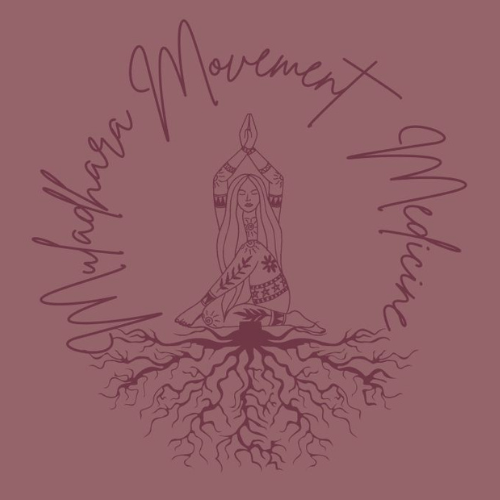Endometriosis is a complex, often invisible condition that affects an estimated 1 in 10 women and people assigned female at birth. Yet despite how common it is, diagnosis is often delayed, sometimes for up to 10 years. That delay can come with deep emotional frustration and confusion, especially when you’re told it’s “just period pain” or that you’re overreacting.
But what many aren’t told is how endometriosis doesn’t just impact the reproductive organs — it can ripple throughout the body, especially into the pelvic floor.
What Is Endometriosis?
Endometriosis is an inflammatory disorder where tissue similar to the lining of the uterus grows outside the uterus — on the ovaries, fallopian tubes, bladder, bowels, or pelvic walls. Each month, this tissue responds to hormonal changes just like the uterine lining, swelling, bleeding, and causing pain, but it has nowhere to go.
That internal inflammation leads to scar tissue, nerve irritation, and chronic pain, not just during your period, but throughout your cycle.
Endo & the Pelvic Floor: The Pain-Tension-Pain Cycle
When the body experiences ongoing pain, it reacts with tension. We may start to clench muscles without realizing, especially in the pelvic floor, hips, and lower belly. This creates a loop:
Endometriosis causes pain → the body tenses in response → that tension increases inflammation and restricts blood flow → inflammation leads to more pain.
Over time, this loop can become chronic, exhausting, and hard to break.
How Movement, Breath, and Self-Care Help
Although no movement practice can cure endo, the right kinds of gentle movement can interrupt this cycle, offering relief and reconnection:
Breathwork helps reset the nervous system, increase oxygen flow, and soften guarded muscles.
Targeted yoga can lengthen tight muscles, restore mobility in the hips and pelvis, and improve circulation.
Self-massage or abdominal massage can release fascial restrictions, calm the nervous system, and stimulate lymphatic flow.
Movement, even small or supported, helps reduce inflammation by improving circulation and encouraging lymph drainage; which may decrease swelling and pain over time.
The key is gentle, consistent, and non-punishing. You're not trying to force your body into anything. You’re trying to listen, to soothe, and to reclaim space within.
It’s Not in Your Head… But It Can Weigh on Your Heart
Living with chronic pain doesn’t mean you’re broken, and it’s certainly not your fault. You didn’t “fail” to meditate enough, eat perfectly, or stretch every day.
Wellness culture can sometimes exploit the desperation that comes with mysterious or misdiagnosed pain. There’s no magical supplement or “one-size-fits-all” detox that will cure endometriosis. That doesn’t mean there’s no hope; it means you deserve real care, not false promises.
Endometriosis Is Not a Punishment
It’s easy to internalize pain as a sign you’re doing something wrong. But let’s be clear:
Endometriosis is not a punishment.
You didn’t cause it by thinking the wrong thoughts.
Your pain is real, and you deserve support.
That support might include medical treatment, physical therapy, bodywork, herbal care, community, or talk therapy to help process the grief, anxiety, or rage that can come from chronic conditions.
There’s no shame in needing layers of support. In fact, it’s a sign of resilience; building a team, learning your body, and tending to your pain with compassion and curiosity.
If you have endometriosis, or think you might, know this: you’re not alone. Your pain is valid. And there are gentle, effective ways to care for your body — without blaming it.

